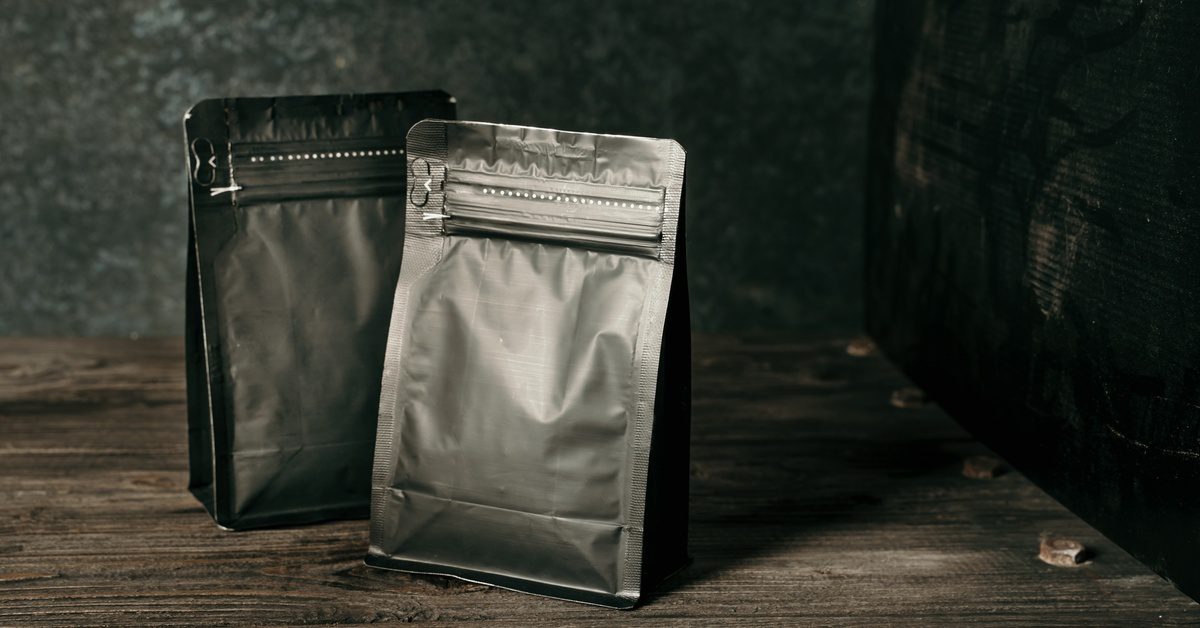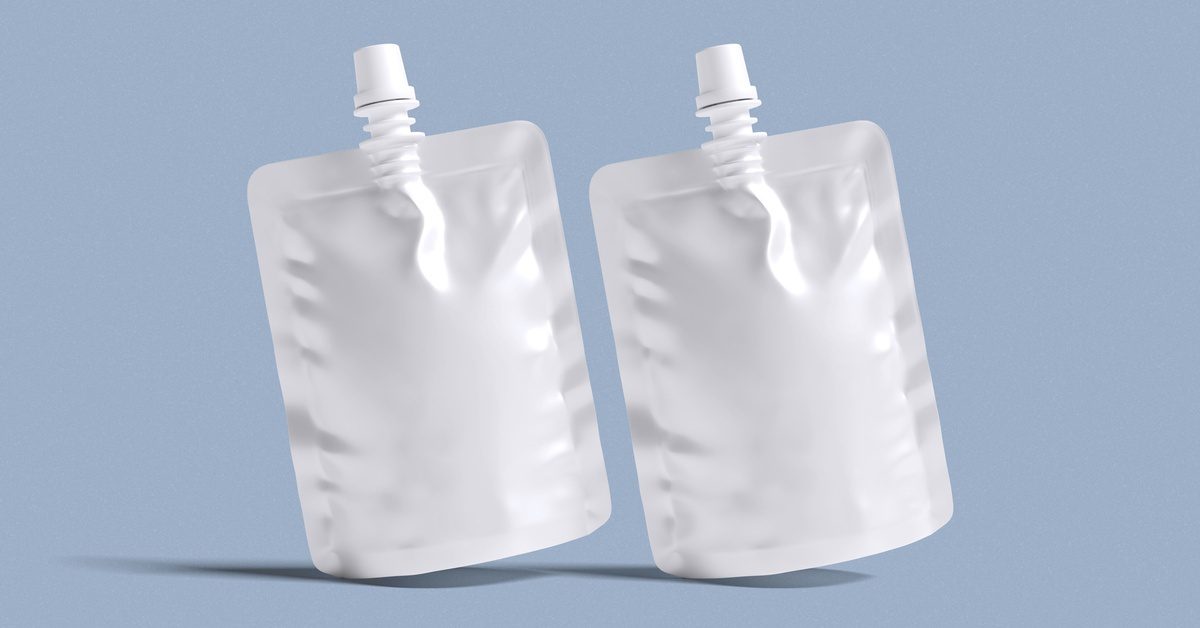Search
Additional Links Contact Us- Phone: (800) 423-4198
- Toll-Free: (815) 885-1900
- Email: [email protected]

ProMach is your partner from start to finish. Our product brands are grouped into distinct business lines that make the most sense to our customers, covering every function of the production line: Filling, Bottling & Capping, Decorative Labeling, Flexibles & Trays, Pharma, Handling & Sterilizing, Labeling & Coding, Robotics & End of Line, and Systems & Integration.
learn more
Integrating new features like zippers or spouts into your pouches often seems like it requires a massive overhaul of your production line. Many businesses think they need to invest in entirely new equipment to meet consumer demand for resealable and easy-to-pour packaging. Fortunately, you can often adapt your existing setup to incorporate these popular additions. Follow these steps to make adding a zipper or spout to your machine a more manageable project.
Instead of replacing your entire packaging line, consider upgrading the machine you already have. Many packaging machines are designed with modularity in mind, which means you can add new components and functionalities as your needs evolve.
This approach saves money and reduces the downtime associated with installing new equipment. Start by contacting your machine's manufacturer to discuss what upgrade options are available. They can provide specific kits or components designed for your model.
Applicators are specialized devices that attach zippers or spouts to your packaging material. These units integrate directly into your existing production line, usually between the film unwind and the pouch-forming sections. Think of them as add-on modules that perform a specific task. There are different types of applicators for various zipper styles and spout designs, so it's good to know what your product needs before you select one.
A zipper applicator takes a continuous roll of zipper material, often called a zipper string, and seals it onto the packaging film. The device precisely aligns the zipper with the film before it enters the section of the machine where pouches are formed and sealed.
The applicator uses heat and pressure to create a strong bond, making the zipper a permanent part of the pouch. This process happens at high speeds to keep up with your production flow.
Spout applicators function similarly, but handle rigid spouts instead of flexible zippers. These devices typically have a feeding system, like a vibratory bowl, that correctly orients the spouts.
The applicator then inserts each spout into a pre-cut hole in the film and uses heat to seal it in place. Precise alignment is critical to prevent leaks, so these applicators use advanced sensors and controls to position each spout perfectly before sealing.

Selecting the correct add-on device depends on several factors. First, consider the type of pouch and the product you are packaging. For example, liquids require a specific type of spout and a secure seal to prevent leakage.
Granular products like coffee or snacks benefit from a press-to-close zipper that keeps them fresh. You also need to verify that the applicator is compatible with your horizontal pouch packaging machine, as different models have unique space and integration requirements.
After acquiring your applicator, the next critical step is to carefully source the zippers and spouts themselves. You'll want to partner with suppliers who offer materials compatible with your specific equipment and provide in-depth technical specifications, covering everything from resin type to sealant formulations.
Don't underestimate the impact of subtle variations in plastic blends and sealant layers on package integrity and user satisfaction. We highly recommend conducting thorough compatibility tests across various material combinations; this iterative process will reveal the best pairing for a robust seal and seamless user experience.
Consider factors like heat seal activation temperatures, material flexibility for ease of opening and closing, and the spout's flow characteristics, as these details profoundly influence manufacturing efficiency and end-user perception.
The installation process involves mounting the new applicator onto your machine and connecting it to the control system. Depending on the complexity, this could be a task for your in-house maintenance team, or it may require a technician from the manufacturer. Proper integration ensures the applicator syncs with the rest of the line's timing. This coordination is essential for maintaining production speed and quality.
Consider factors like compressed air lines, electrical connections, and data communication ports. Confirm all safety interlocks function correctly before operation.
Testing and calibrating your machine after installing a new applicator is essential for seamless performance. Start by running the machine at a controlled pace to evaluate how the applicator interacts with your packaging materials. Pay close attention to key settings like temperature, pressure, and timing—these directly impact the quality of your seals. For instance, setting the temperature too high may damage the pouch material, while low pressure can produce weak seals that compromise product integrity.
Fine-tuning these parameters guarantees consistent, high-quality packaging, and also helps maintain your production speed. Proper calibration reduces material waste, improves efficiency, and allows your finished product to meet the highest quality standards. Taking the time to get this step right will save you from costly issues down the line.

Your machine operators and maintenance staff will need training on how to operate and maintain the new equipment. This should cover daily operations, routine cleaning, and basic troubleshooting.
Establish a clear sampling plan, performing these checks at the start of each production run and at regular intervals thereafter. Document all inspection results diligently to track performance and address any recurring issues promptly.
Proper training empowers your team to handle the equipment confidently, and helps prevent common issues that could lead to downtime. If you’ve bought packaging machines from HMC Products, we offer training resources to get your team up to speed quickly.
With a new feature added to your packaging, you will also want to update your quality control procedures. Implement specific checks to verify the integrity of every zipper and spout seal. This could include pressure testing, visual inspections, or pull-force tests to confirm that the closures are secure and function correctly. Consistent quality control helps maintain your brand's reputation, and the new packaging contributes to the customer’s satisfaction.
If you’re considering adding packaging features like zippers and spouts without changing your packaging machine, it doesn’t have to mean a complete equipment overhaul. By retrofitting your current setup with the right applicators, you can meet market demands and improve your product's appeal. This cost-effective strategy minimizes downtime and leverages the equipment you already own.
If you are ready to explore your options, contact HMC Products today to find a solution that fits your production needs.